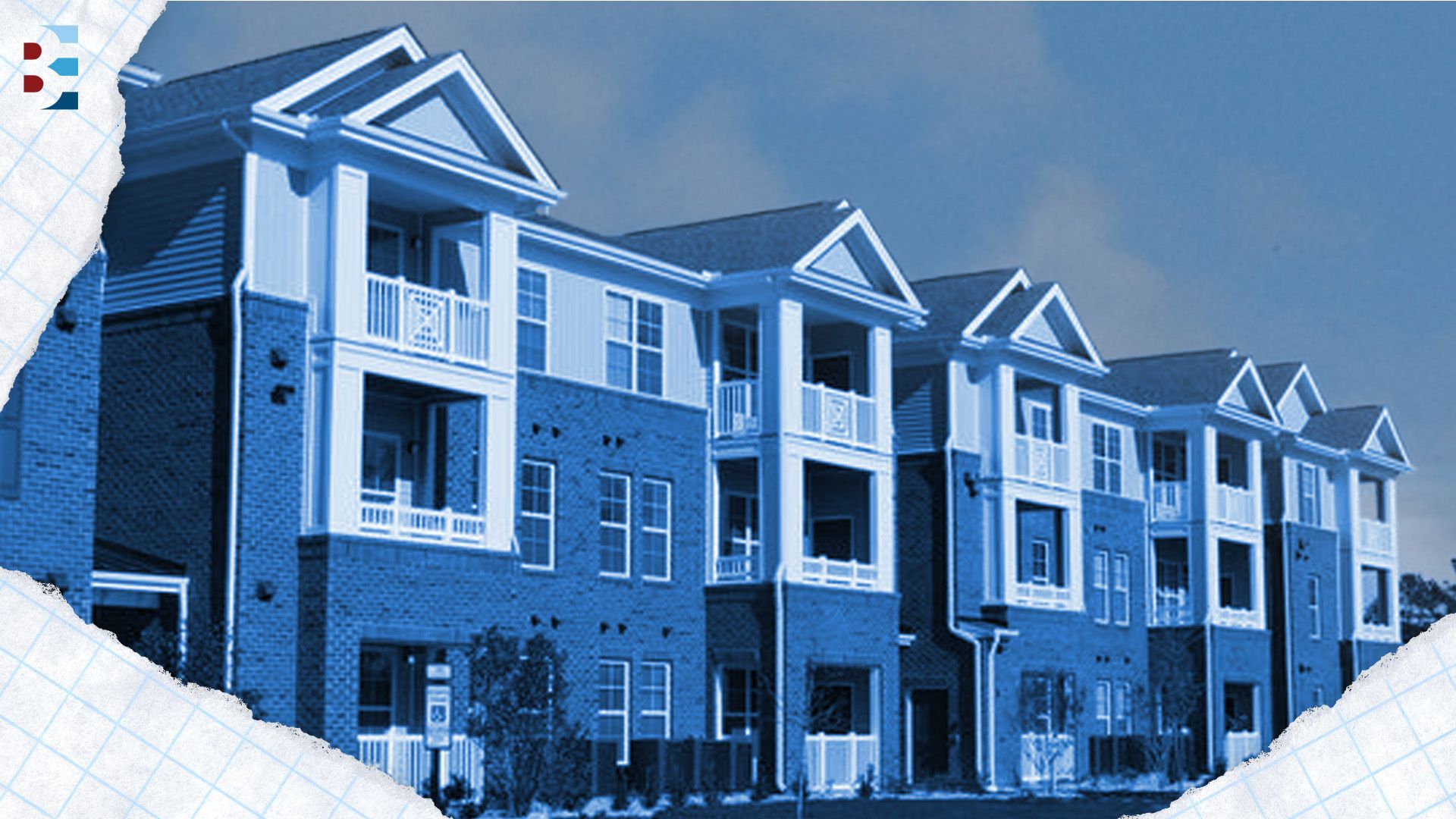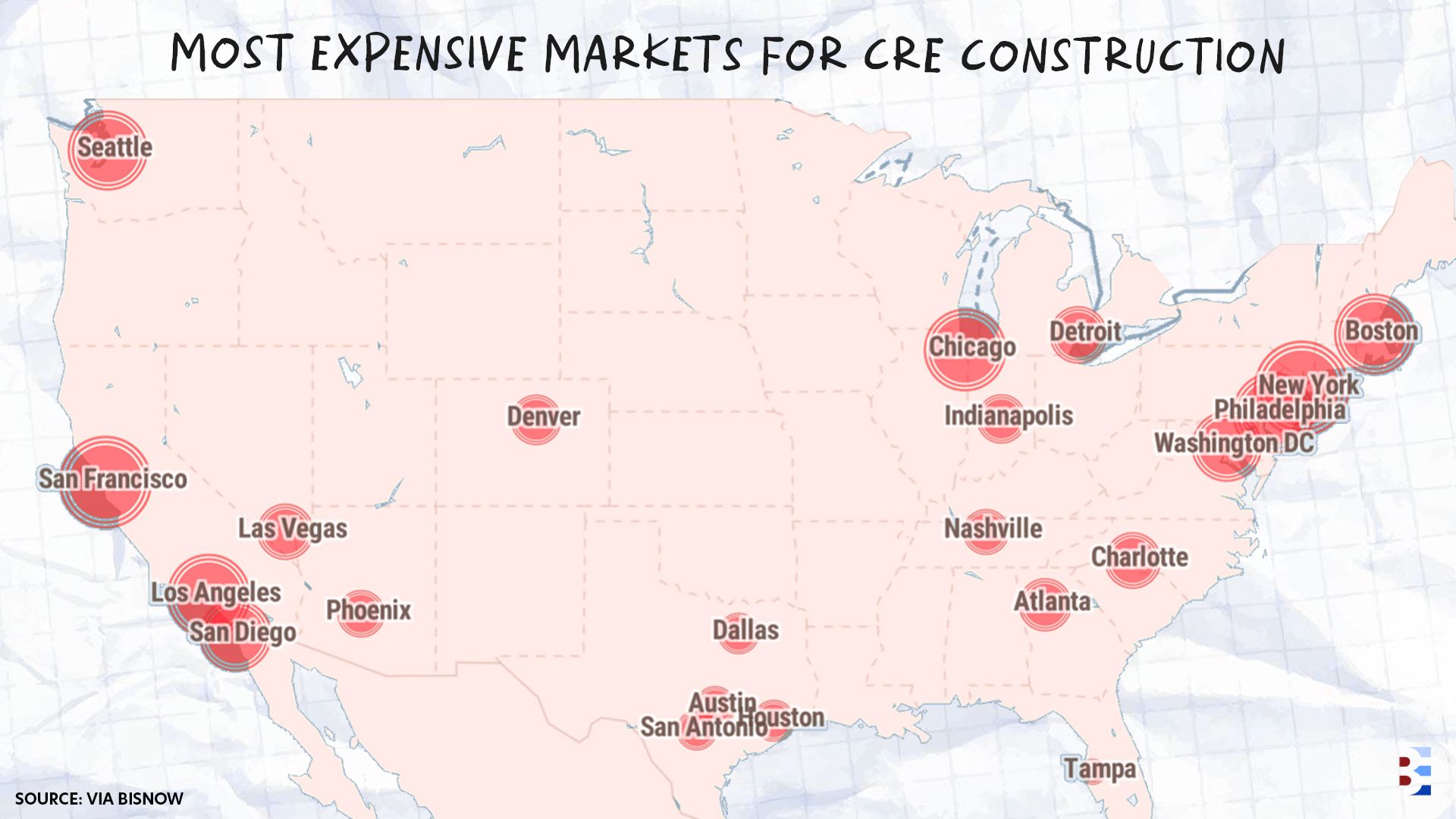- Best Ever CRE
- Posts
- 🏘️ The retention playbook has changed. Here's how.
🏘️ The retention playbook has changed. Here's how.
Plus: Accreditation evolves, construction costs surge, and money floods back into CMBS.
👋 Happy Sunday, Best Ever readers! A parking spot in Brooklyn, NY, was recently listed for $250,000 and sold in two weeks. At 110.5 sqft, it sold for $2,262 PSF.
Let that sink in….
In today’s newsletter, property managers struggle, accreditation evolves, construction costs surge, and money floods back into CMBS.
Let’s CRE!
🗞️ NO-FLUFF NEWS
CRE HEADLINES
🏅 Accreditation Access: The House has passed a bill allowing investors to qualify as accredited through an SEC test rather than standard requirements. The bill would expand access to private markets, hedge funds, and pre-IPO investments based on knowledge testing. The bill must still pass the Senate.
🏢 Storage Pivot: Developers are pivoting to office-to-self-storage conversions as storage values surge 31% YoY while office values plummet 23%, though only select buildings meet conversion requirements.
🏭 Defying Forecasts: Several industrial markets have defied forecasts in early 2025, as Miami-Dade topped national rankings while Houston compressed vacancy rates despite delivering the second-highest construction volumes nationally.
🏛️ Housing Deal: The Senate Banking Committee has announced its first bipartisan housing markup in over a decade, with comprehensive legislation targeting supply barriers, affordability issues, and federal program oversight.
🏠 Hold Strategy: Fewer landlords are looking to buy as high prices and interest rates shift focus to upgrading existing properties. Acquisition plans dropped to 53% from 67%, while nearly 35% now budget over $20,000 for improvements and 43% plan no portfolio changes, up from 32%.
🏆 TOP STORY
THE RETENTION PLAYBOOK HAS CHANGED. HERE’S HOW.

Multifamily property managers are struggling to keep residents happy, and it's showing in the numbers. Despite operators targeting 63% retention rates for 2025, the industry is averaging just 58%, according to new data from Zego. Still, most operators remain confident about bouncing back in 2026, despite a stark disconnect regarding what actually drives resident renewals.
Aggressive Goals: Nearly 30% of multifamily operators now target retention rates above 70%, more than tripling from just 9% in 2021, reflecting growing recognition of turnover's negative impact on NOI.
Optimism Reigns: While actual retention (58%) trails targets (63%), 70% of property managers predict improvement next year, with only 2% expecting a decline.
Opportunity in the Undecided: With 58% of renters planning to renew and 23% still undecided, those ambitious 70%+ retention targets are achievable if operators focus on what residents actually value.
The Critical Disconnect: Property managers rank "technology-enabled lifestyle" as the No. 1 resident priority (33%), while renters actually prioritize maintenance repairs (44%), security (43%), and community cleanliness (30%). It's a classic case of operators chasing shiny objects while residents just want their faucets fixed and their packages secure. Closing this disconnect will be critical for retention.
Tenure also matters disproportionately, as longer-tenured residents are the lowest-hanging fruit to boost retention. Residents living in units for six-plus years show 64% renewal intent vs. just 52% for those with less than one year of tenancy.
THE BOTTOM LINE
Operators mastering the basics like responsive maintenance, security, and cleanliness can hit the ambitious 70%+ retention targets and slash $3,000-$5,000 turnover costs per unit. The next wave of multifamily overperformers will come from operators running the tightest ships, not those with fancy amenity packages.
🗺️ ON THE MAP
CONSTRUCTION COSTS ARE OFFICIALLY OUT OF CONTROL

CRE construction costs ticked up 0.2% in June and are expected to keep rising in 2025, widening the gap between America's most expensive markets and … well, everywhere else. The five most expensive markets in the U.S. are:
New York City with a staggering $534 PSF, the highest construction costs globally.
San Francisco is the only other U.S. city breaking $500 PSF.
Los Angeles comes in at $445 PSF.
Chicago takes fourth place at $437 PSF.
Philadelphia completes the top five at $428 PSF.
What's driving the surge? Trump's trade policies and immigration crackdowns are pushing prices higher. Raw materials tell the story: aluminum products jumped 17% in the past year, copper climbed 9.5%, and concrete pipes rose 7%. America's $70-per-hour average construction wage now ranks third globally.
The outlook isn't improving. Only 17% of industry experts expect labor conditions to get better, while over two-thirds of U.S. markets face skilled worker shortages. With these constraints showing no signs of disappearing, developers are bracing for continued cost pressure across all markets.
🎙️ THE BEST EVER CRE SHOW
MONEY IS FLOODING BACK TO CMBS. HERE’S WHY.
Borrowers are finally making peace with the 4.3-4.4% treasury reality instead of waiting for the ghost of 2% rates to return. For evidence of this, look no further than the CMBS market, which, according to John Manning from Marcus & Millichap, is “having a big year, much more so than last year and dramatically more than 2023.”
On the Best Ever CRE Show this week, Manning joined our own John Chang to explain just what’s happening in the CMBS market and what’s driving the turnaround.
The Difference: CMBS lenders are writing checks others won't. While insurance companies cap out around 60-65% loan-to-value, CMBS lenders will get to 70, 75, or even 80% on apartments, Manning explains.
The Kicker: Five years ago, securing interest-only financing in the CMBS market would have been a rarity, if not impossible. Now, it’s becoming standard. "They're going to provide full-term IO in most cases now,” Manning says. “That's become ubiquitous in the CMBS world."
The Real Secret Sauce: CMBS lenders will touch assets others won't. C-quality apartments, unanchored retail centers, problematic hotels — traditional lenders run away, where CMBS players are leaning in.
Current market rates show Fannie/Freddie at 5.5-6.5%, life companies at 5.25-6.25%, and CMBS at 6.5-7.5%. Sure, CMBS rates run higher, but Manning says he has seen deals where the economics of the CMBS can be much more compelling once you factor in leverage and IO terms.
The lending landscape has never been more competitive. Manning says his team sees multiple bids on every loan, while 360-plus debt funds are actively hunting deals nationally. Manning calls this "a battleship turning around in the ocean" rather than a sudden market snap. For investors, that's good news. The capital is there, competition is fierce, and if you know how to play the game, deals are getting done.
✍️ BEST EVER SURVEY
YOUR OPINION MATTERS
HELP US BRING YOU THE BEST CONTENT EVER
After more than 10 years and over 45 million downloads, we’re still trying to bring you the best podcast guests and topics possible. So we want to hear from you, Best Ever CRE Show listeners! Please take two minutes to complete this brief survey to let us know what we’re doing well and what we can do even better. Each survey enters you for your chance to win a $150 Amazon gift card.
🙏 Thanks for reading!
Stay in the loop with us! If you received this newsletter from someone else, subscribe here. You can also find us on LinkedIn, Instagram, and YouTube.
Have a Best Ever day!
— Joe Fairless


